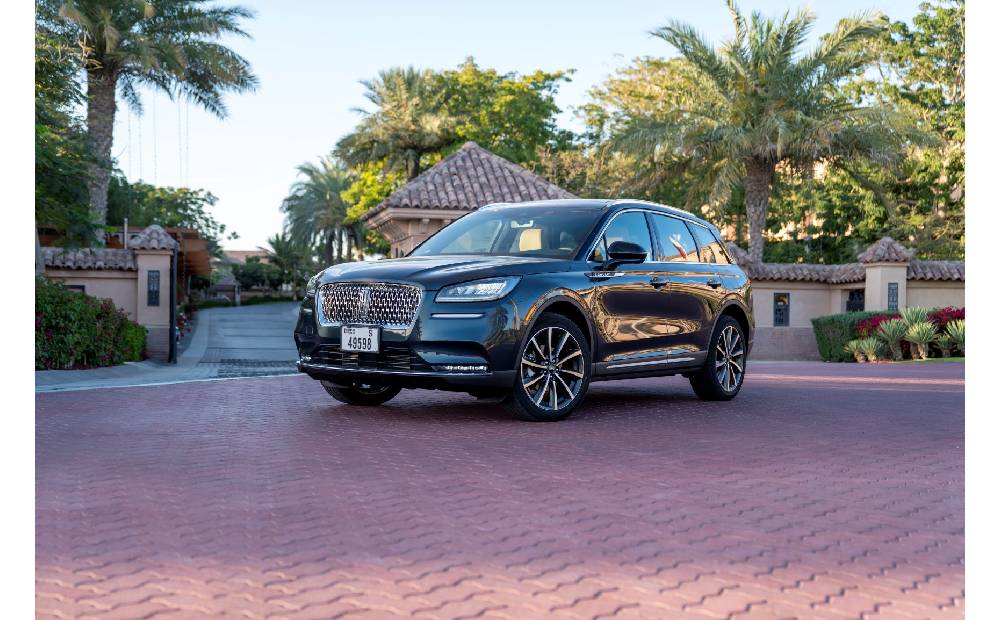
Help Your Lincoln’s Paint Pop from Garage Grunge to Showroom Finish

Occasionally your car needs a bit of pampering to keep it’s finish fine and overall looking great. Whether you take a Friday afternoon to do it yourself or a trip to the local service centre, keeping your car well maintained and looking its best will draw better resale prices down the road – a fact any vehicle owner can appreciate. Here are a few tips that will help you in keep the exterior of your car in tip-top condition.
From garage grunge to showroom finish, getting your paint back to showroom condition involves a four-step process: washing, cleaning, polishing and protecting.
The Bath
The most critical step in keeping your car’s finish in tip-top shape is frequent washing. Washing removes the loose surface contaminates that bond to the paint. So first hose off the car to cool the paint if it is warm and to rinse off any loose contaminants Always use a bottled car wash product that’s formulated for automotive surfaces in the proper proportions. Don’t use normal dish soap, laundry soap, or household cleaners as they’re all meant to remove and dissolve grease and oil. These same detergents also strip the wax off of a car’s finish and in some cases, burn the paint.
For the very best results use a two-bucket system: one to hold the soapy water and another used only for washing out the mitt/terry towel. This will keep contaminant particles from returning to the paint surface via your sudsy water. If you are working on a hot day, do one section at a time – rinsing the car thoroughly as you go – to prevent the suds from drying on the paint.
For convertible tops, dip a soft bristle scrub brush in the suds and work the dirt out of the grain using small, circular strokes. If the top is heavily soiled or stained, use a convertible top-specific cleaner, which is ph-balanced to safely lift dirt from cloth and vinyl tops without damaging the stitching. Dry the car thoroughly with a soft, absorbent chamois or a microfibre towel.
Now that the vehicle has been thoroughly washed, take a moment to evaluate the condition of the paint. Every day, the paint on our vehicles is subjected to a wide range of contaminants: ultraviolet radiation, industrial fall out, sand storms, bird droppings, salt residue and unlucky insects. Believe it or not, all of these daily trials and tribulations can not only dull the shine of your paint, but permanently damage the surface as well.
Deep Cleaning
While washing your vehicle removes any loose contaminates from the surface, cleaning removes the particles that have adhered to the paint. To do this, mild abrasive cleaners are used to gently remove paint defects. Always remember to let the product do the work and never use hard pressure when waxing or polishing. You want to remove the surface defects, not grind them back into the paint. Cleaning a section of the vehicle at a time, remove the cleaner with a cloth utilising one side to break the cleaner’s surface, flipping the towel over to a clean side to remove any additional residue. Your paint should now feel as smooth as glass.
Polishing it Off
Polishing builds gloss, depth and vibrance to your paint as well as restoring the natural oils your paint once had. The process also creates the ever-coveted “wet look” and high reflection. While light colours may not show much change, darker colours will reflect light like a mirror after proper polishing.
As with cleaning, apply the polish by hand using small circular, overlapping strokes with a foam applicator pad – one section at a time – removing the polish with a cloth after the product has begun to haze-up on the surface. Don’t allow the polish to dry up completely, as this will only scratch the surface as you attempt to get the polish off.
The Finishing Touch
With the surface looking as good as new, it’s time to protect all your hard work – and the paint. Waxes, silicones and polymers ward off the elements with a layer of protection while enhancing gloss. If your vehicle is continually exposed to the elements – depending on your geographic location – more frequent waxing is necessary to protect the finish. Deciding which type of wax to use is a matter of preference, and the contaminants present in your vehicle’s daily environment.





























